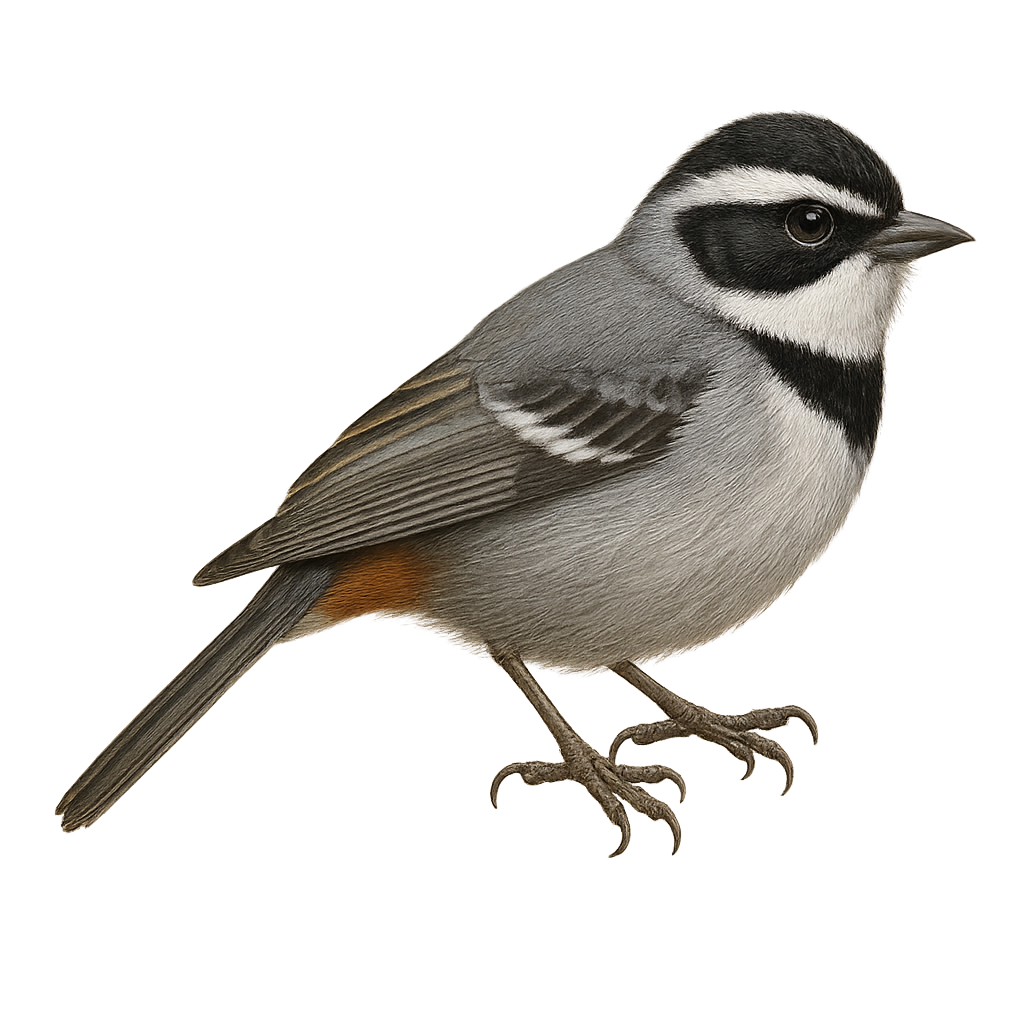Your wildlife photography guide.
Explore the ringed warbling-finch in detail, study its behavior, prepare your shots.
Where to observe and photograph the ringed warbling-finch in the wild
Learn where and when to spot the ringed warbling-finch in the wild, how to identify the species based on distinctive features, and what natural environments it inhabits. The WildlifePhotographer app offers tailored photography tips that reflect the ringed warbling-finch’s behavior, helping you capture better wildlife images. Explore the full species profile for key information including description, habitat, active periods, and approach techniques.
Ringed Warbling-Finch
Scientific name: Microspingus torquatus

IUCN Status: Least Concern
Family: THRAUPIDAE
Group: Birds
Sensitivity to human approach: Suspicious
Minimum approach distance: 10 m
Courtship display: October to November
Incubation: 13-15 jours
Hatchings: October to December
Habitat:
dry forests, savannas, shrublands
Activity period :
Primarily active during the day, with peak activity in the morning and late afternoon.
Identification and description:
The Ringed Warbling-Finch, or Microspingus torquatus, is a small passerine bird belonging to the Thraupidae family. It is primarily found in the arid and semi-arid regions of South America, particularly in Argentina, Bolivia, and Paraguay. This bird is characterized by its bluish-gray plumage with a distinctive black collar around the throat. The wings and tail exhibit shades of brown and black. The Ringed Warbling-Finch is a diurnal bird, often seen in small groups or pairs, feeding mainly on seeds and insects. Known for its melodious song, it is often heard at dawn. Although relatively common in its natural habitat, it is crucial to protect its living areas from environmental threats.
Recommended lens:
400 mm – adjust based on distance, desired framing (portrait or habitat), and approach conditions.
Photography tips:
To photograph the Ringed Warbling-Finch, it is advisable to use a 400mm lens or longer to capture detailed images without disturbing the bird. Approach slowly and maintain a distance of about 10 meters to avoid scaring it away. The best photo opportunities occur early in the morning when the bird is active and singing. Look for it in shrublands or savannas where it feeds. Use a tripod to stabilize your camera and achieve sharp images. Be patient and wait for the bird to perch in a well-lit spot for better photos.
The WildlifePhotographer App is coming soon!
Be the first to explore the best nature spots, track rutting seasons, log your observations, and observe more wildlife.
Already 1 439 wildlife lovers subscribed worldwide

